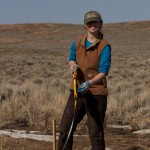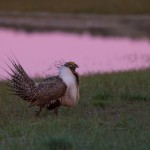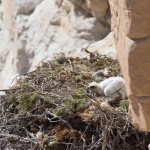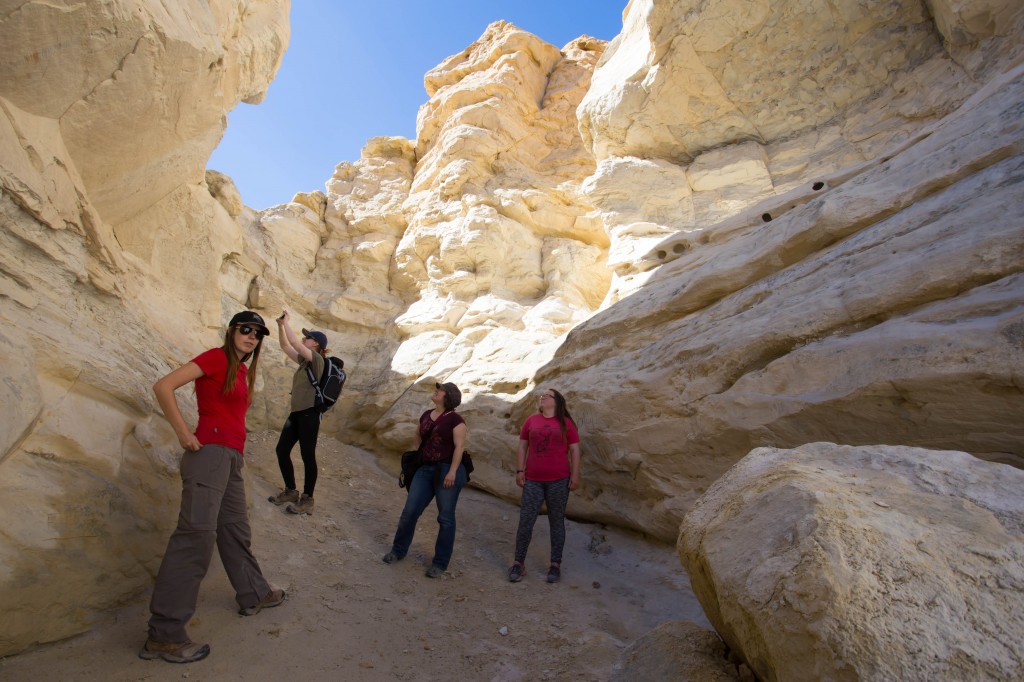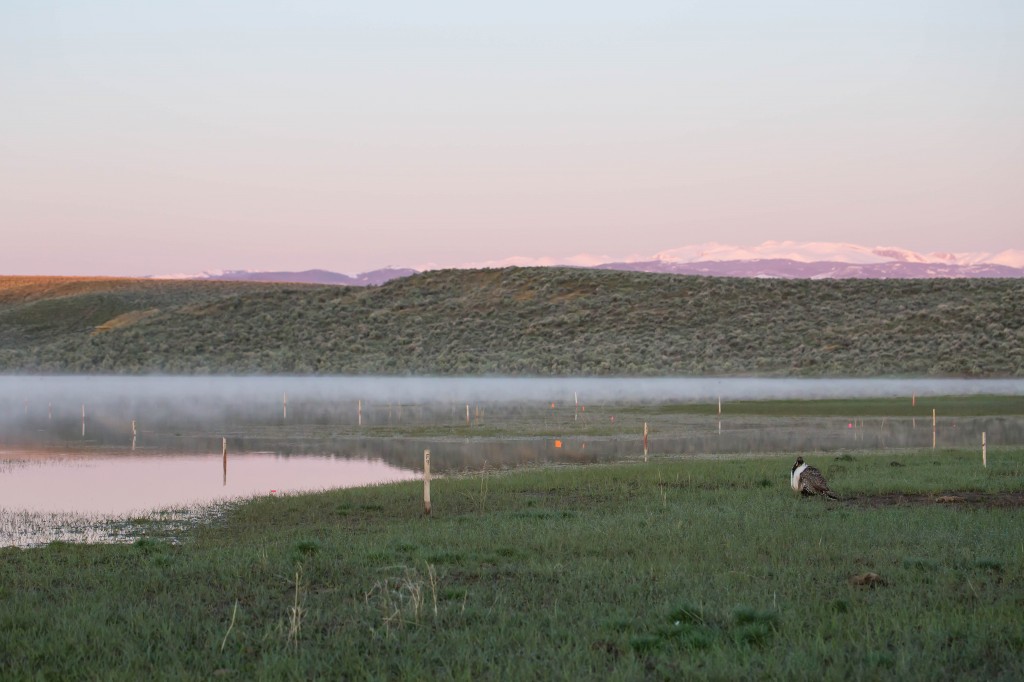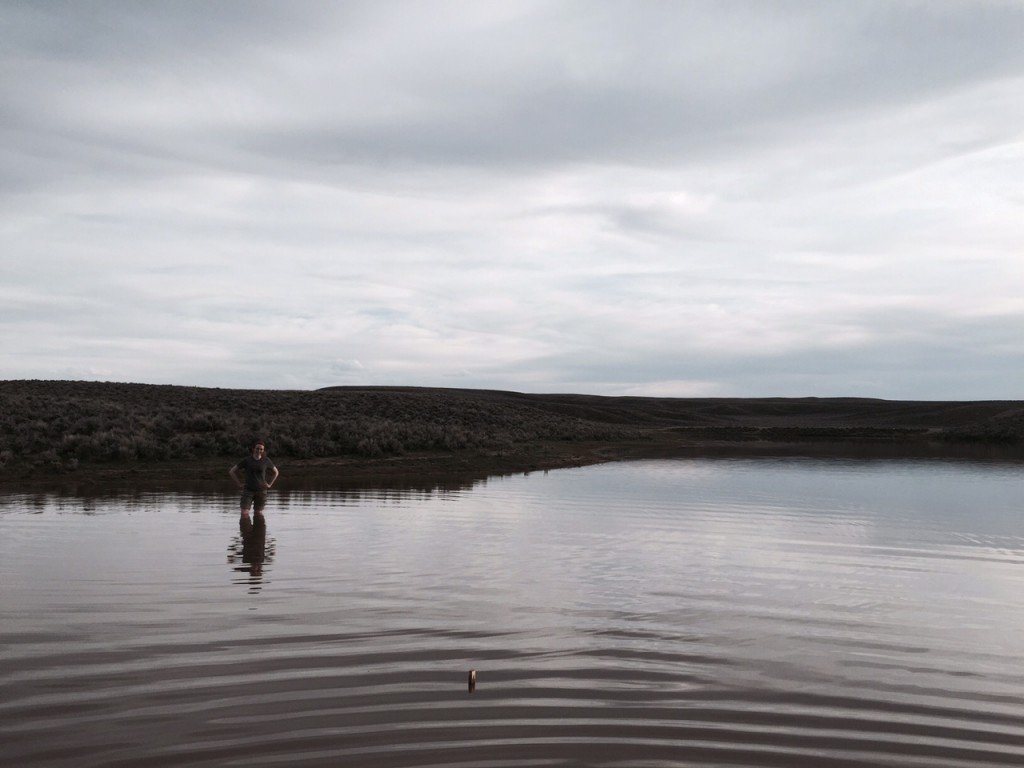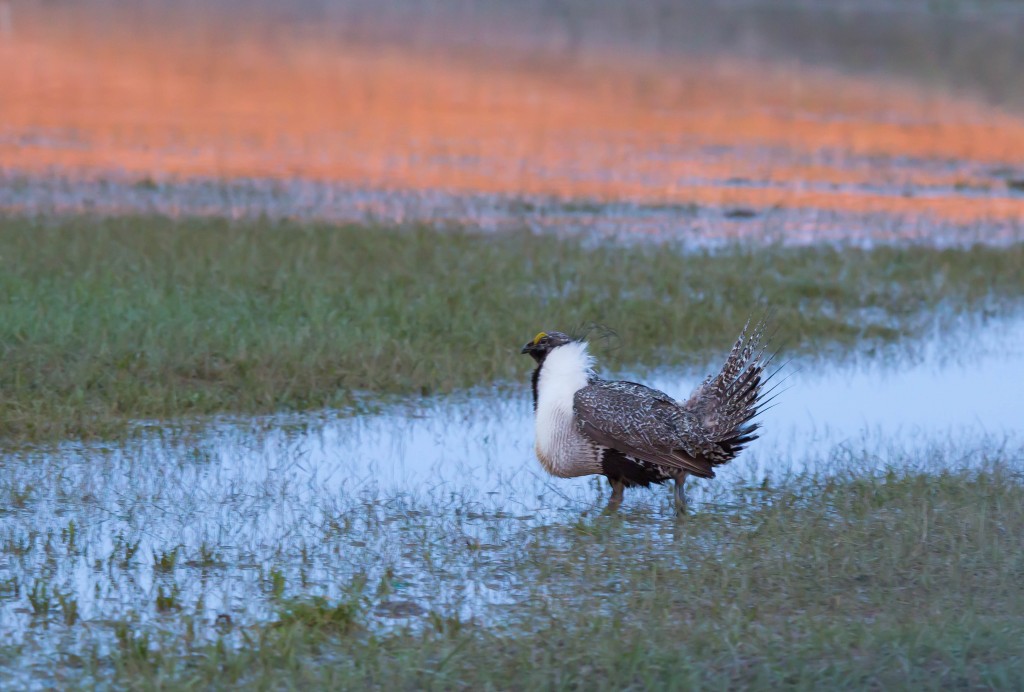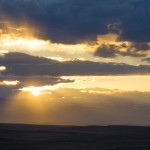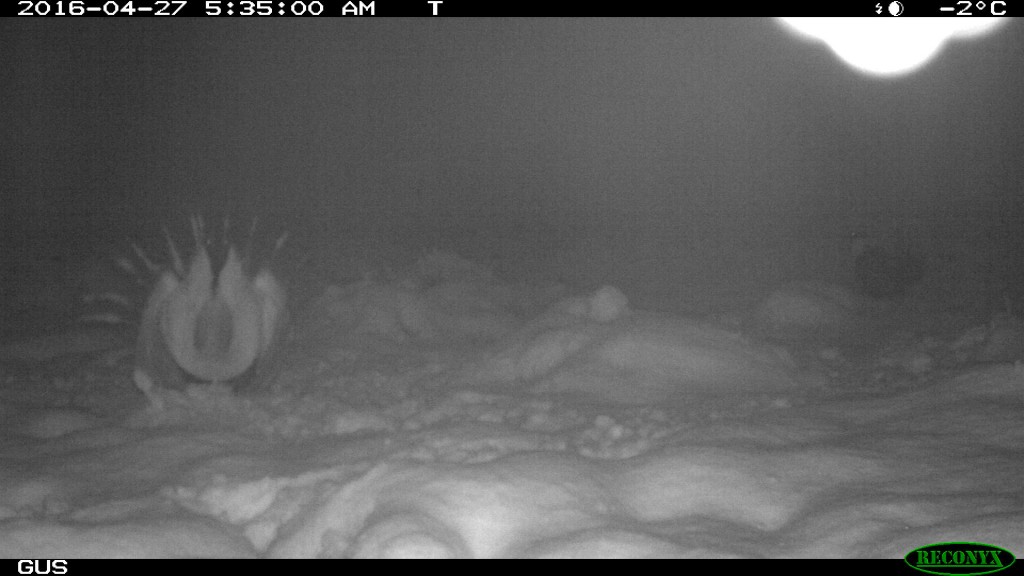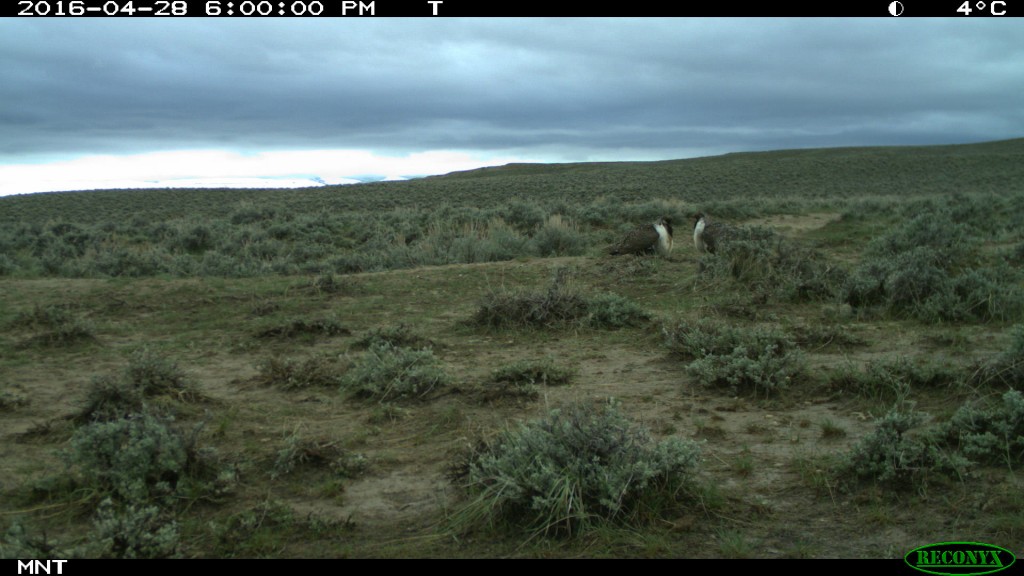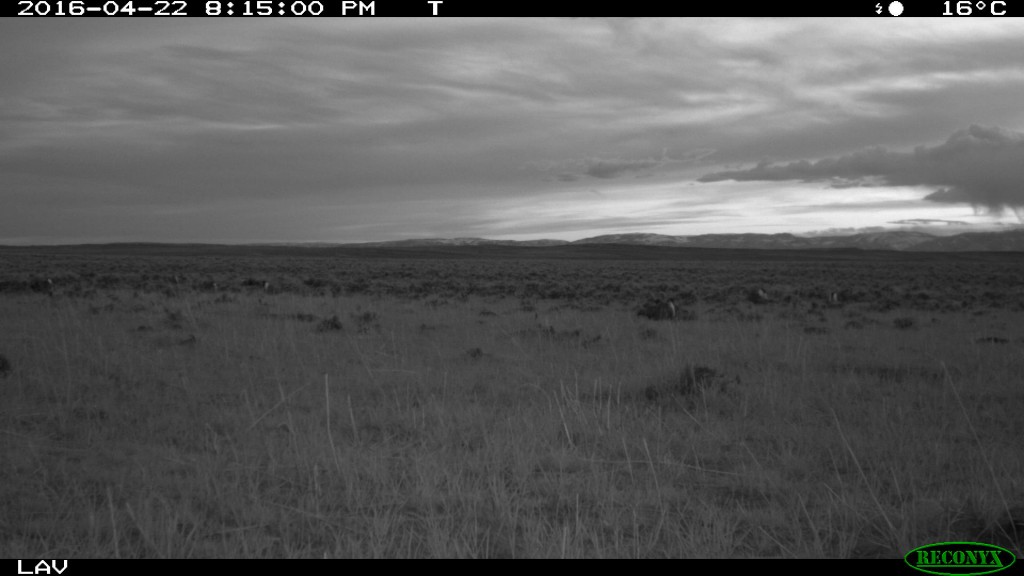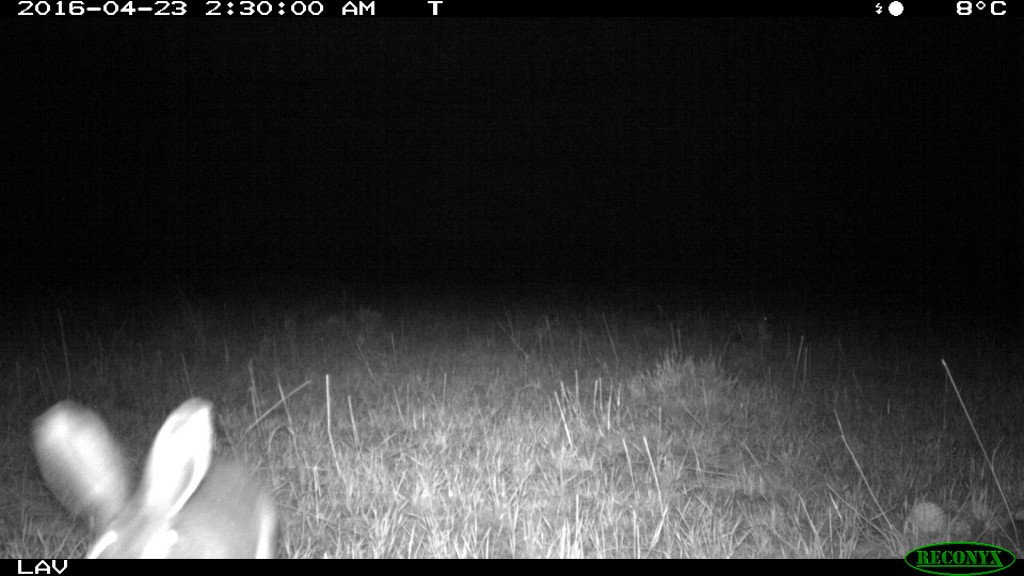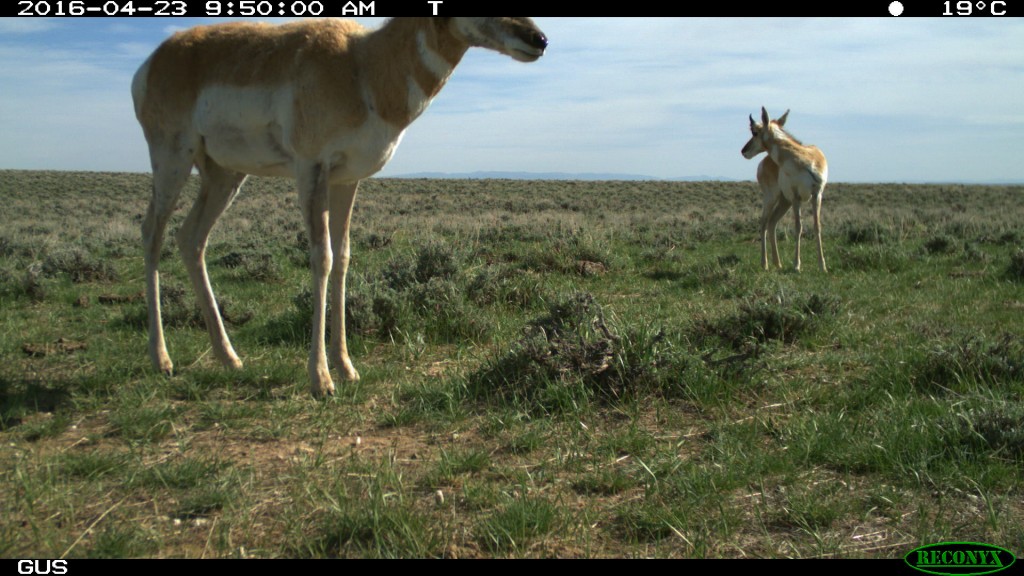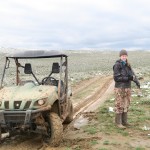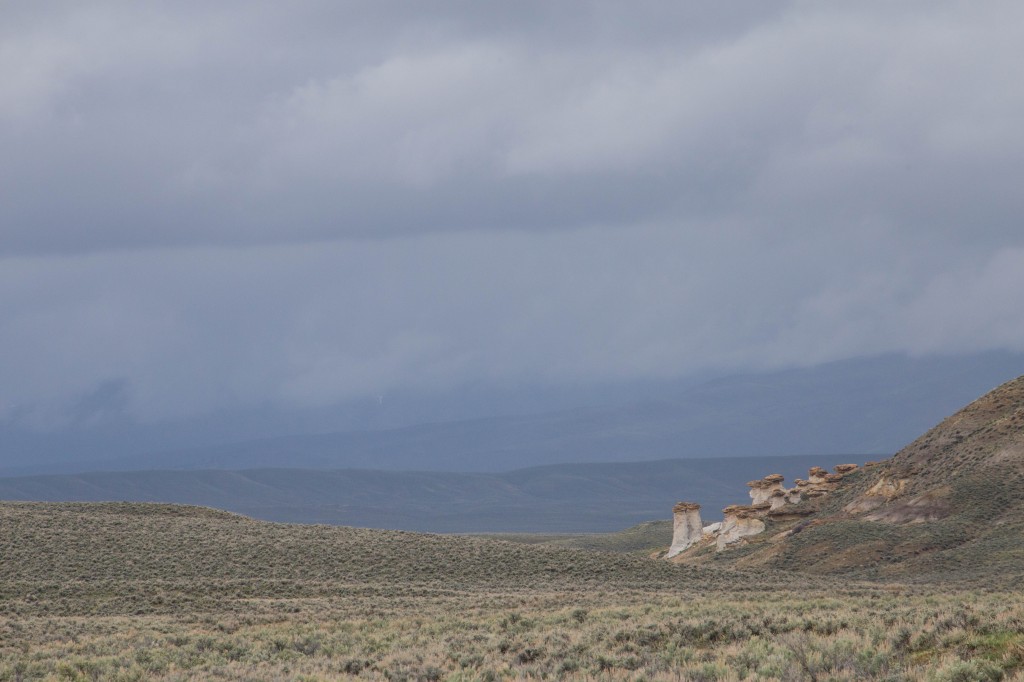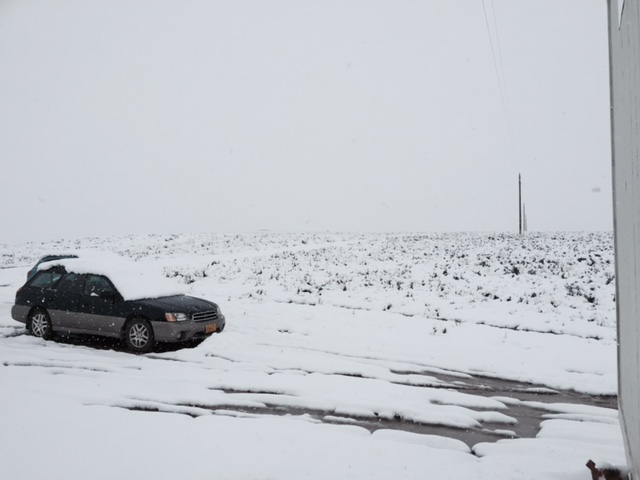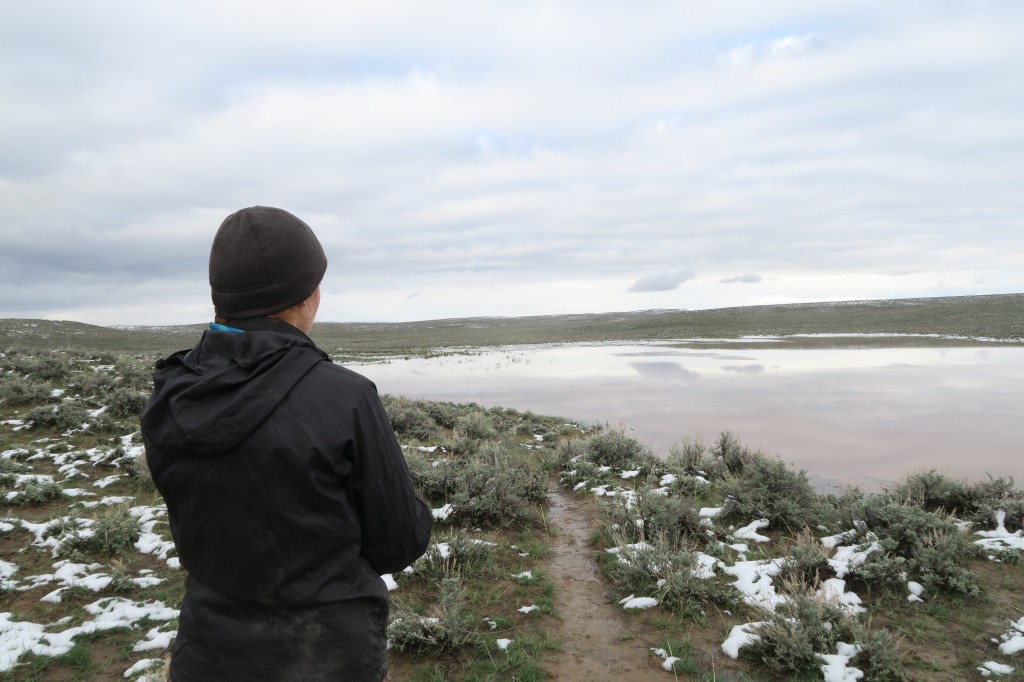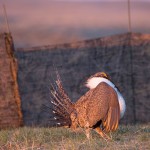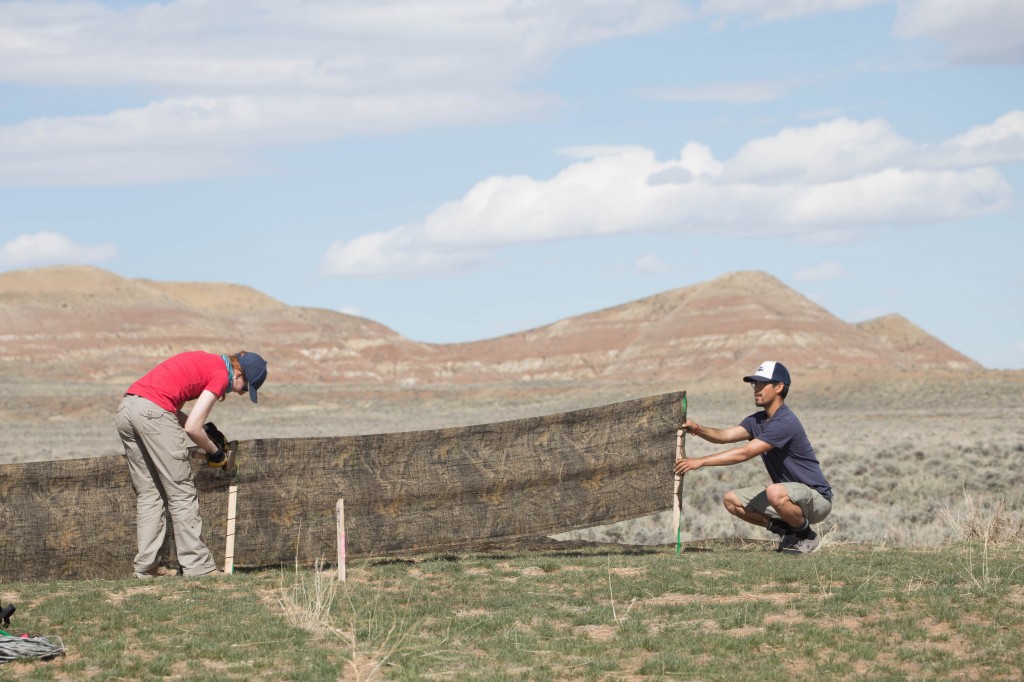A hearty congratulations to Anna Perry, former graduate student in Gail’s lab, for finally seeing the publication of her first major paper from her dissertation. Check out the July American Naturalist to see the paper and for links to the supplementary materials.
This project started with questions about using the 2nd generation sage-grouse robots to study how males respond to signals of interest or disinterest from females. Our first robot experiments employed a less dynamic robot and we mainly adjusted the proximity to males rather than the robot’s posture or movements. The newer robots that Gail developed with several engineers (Jose Mojica, Scott McKibben, and Jonathan Tran) were more mobile and could simulate pecking at the ground as well as looking around. We anticipated that these simulated behaviors would trick males into thinking we
The journey of this paper started with Anna planning and supervising a series of experiments on the sage-grouse leks in Wyoming, trying test males repeatedly with the robot expressing more or less interested behavior. She also had to design a study to record the behavior of live female sage-grouse to ensure that the movements we had the robot carry out actually relate to live females (this will be a second paper hopefully coming out soon). But in spite of all the work to conduct these studies in the field, and to work with numerous UC Davis undergraduates in the lab to collect data from the resulting video tapes, this turned out to be the quick part of the project.
Anna realized that to really answer questions about how hard a male was willing to work, she needed to rethink how we talk about the sequence of displays that a male sage-grouse performs on the lek. Rather than simply summarizing numbers of struts or simple rates or averages, Anna worked with Richard McElreath and Dave Harris to formulate these bouts of behavior as sequences with probabilities of either continuing in a high-intensity bout or transitioning out of a bout into a rest period (I’m somewhat simplifying here). To write the code to analyze the sage-grouse display data, as well set up simulated data sets to show this technique offer tangible advantages to traditional display metrics, took several additional years! Yes, years!
The result of all this is a published product that is among the most careful and meticulous I’ve ever been a part of. Way to go Anna!

